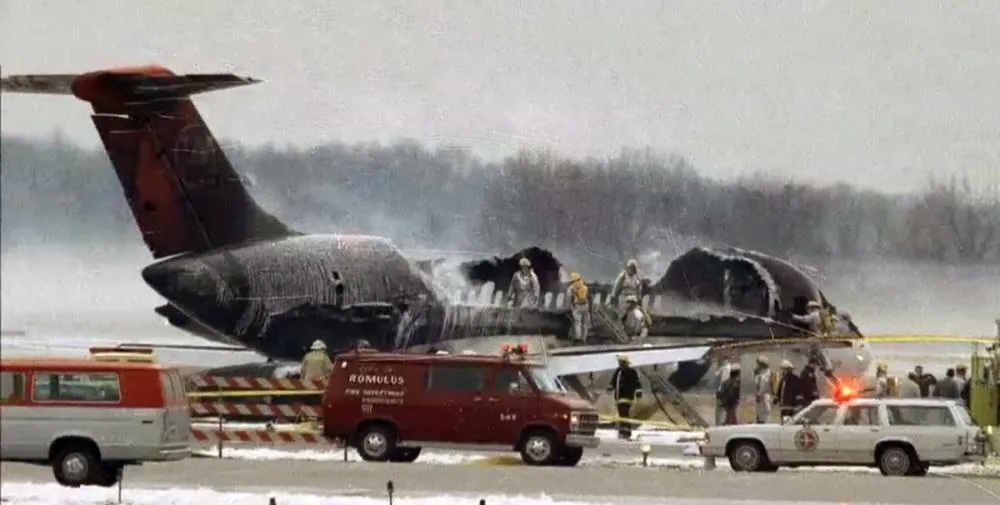The Learning Never Stops!
Aviation is complicated business, and it can be deadly if not undertaken with the right mindset. Our goal here at Code 7700 is to prepare you to avoid the day you will need to Squawk 7700, but if that day ever comes, to prepare you to deal with it competently.
Our Latest Update
"Relate" is the fourth volume in a set of four, proceeded by "Aviate," "Navigate," and "Communicate." As most professional aviators know, it is easier to accomplish these priorities if you know how to get along with everyone else in the cockpit, the airplane, and on the ground. It is more than Crew Resource Management (CRM) and leadership, it involves the psychology needed to survive. Each chapter of "Relate" is based on decades of experience and the inputs of hundreds of aviators.
New Book: Relate


Our Previous Update:
A captain returning from a six year absence was only too happy to cede his authority to a first officer who was happy to take it. Another crew willing to takeoff below minimums because tower called the mins lower than they were. A tower controller who decided he didn't need to warn the airplane on takeoff roll that there was another airplane lost on a runway. In the words on an NTSB investigator: "There are really just no heroes in this."
Case Study: Northwest 1482 and 299
An Index of Previous Updates
If you remember seeing something on "Homeplate" in the last two years, you will find it here, in a list of recent lead stories. Lead Stories . . .



